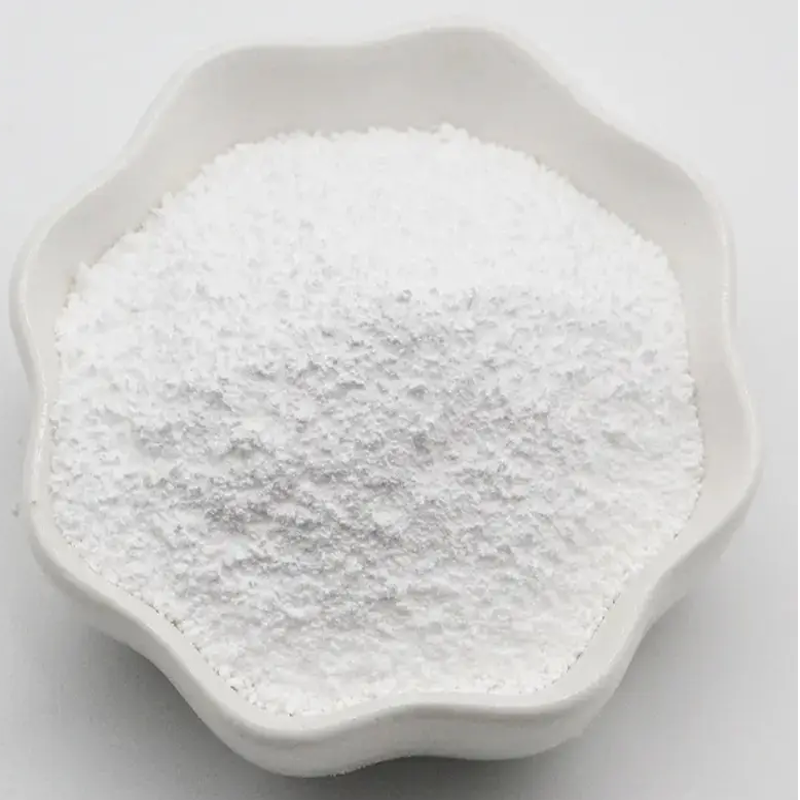-
Categories
-
Pharmaceutical Intermediates
-
Active Pharmaceutical Ingredients
-
Food Additives
- Industrial Coatings
- Agrochemicals
- Dyes and Pigments
- Surfactant
- Flavors and Fragrances
- Chemical Reagents
- Catalyst and Auxiliary
- Natural Products
- Inorganic Chemistry
-
Organic Chemistry
-
Biochemical Engineering
- Analytical Chemistry
- Cosmetic Ingredient
-
Pharmaceutical Intermediates
Promotion
ECHEMI Mall
Wholesale
Weekly Price
Exhibition
News
-
Trade Service
COVID-19 is a respiratory disease associated with thrombosis, clotting and endothystic disorders.
this, the researchers proposed several guidelines for anticoagulant (AC) therapy.
a recent study published in JAHA, an authoritative journal in the field of cardiovascular disease, the researchers aim to see if AC therapy alters the risk of developing severe COVID-19.
from 26 February to 20 April 2020, the researchers included COVID-19 patients initially treated in wards of 24 French hospitals.
researchers used Poisson regression models, Cox proportional risk models, and matching tendency scores to assess ac's impact on patient outcomes (ICU) and/or hospital mortality.
the study recruited 2,878 COVID-19 patients, of whom 382 (13.2%) received oral AC treatment before being hospitalized.
, AC treatment before hospitalization was associated with better patient prognostication, with an adjusted risk ratio (aHR) of 0.70 (95% CI of 0.55-0.88).
analysis using trend score matching confirmed that AC treatment prior to hospitalization was associated with better patient prognostication, with aHR of 0.43 (95% CI 0.29-0.63) and a comprehensive standard of aHR of 0.76 (95% CI of 0.61-0.98) for ICU.
, the therapeutic or preventive low-dose or high-dose AC that begins during hospitalization is not related to the prognostication of any patient.
can give patients a better prognostic period than starting AC treatment during hospitalization.
ac therapy in the early stages of the disease can better prevent COVID-19-related clotting diseases, endothal dysfunction, and patient prognosis.







